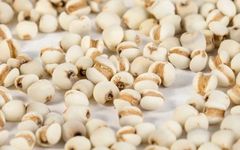Author: Du Jieying, Chief Chinese Medicine Pharmacist, Second Affiliated Hospital of Guangzhou Medical University
Editor: Su Qunfang, Sanjiao Hospital of Zhongshan City
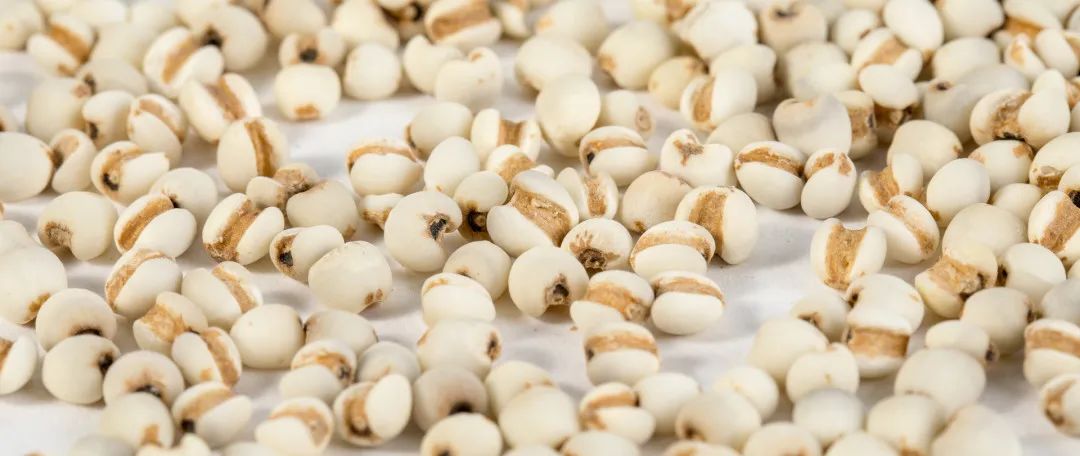
Coix seed, commonly known as Yi Yi Ren (薏苡仁) or Job’s tears, is the dried mature seed of the plant Coix lacryma-jobi, which was first recorded in the Shen Nong Ben Cao Jing (Shen Nong’s Classic of Materia Medica). It is one of the 87 medicinal foods listed by the Ministry of Health in 2001.
Coix seed has a sweet and bland flavor, a cool nature, and primarily enters the spleen, stomach, and lung meridians. It possesses diuretic, dampness-eliminating, spleen-strengthening, anti-rheumatic, pus-discharging, and detoxifying properties. It can be used to strengthen the spleen and lungs, clear heat, and promote diuresis.

Coix seed can be processed in different ways, resulting in raw coix seed, roasted coix seed, and bran-roasted coix seed, each with distinct therapeutic focuses.
1
Raw Coix Seed
Unprocessed, it has a colder nature and is suitable for conditions such as urinary difficulty, beriberi, and rheumatic pain.
2
Roasted Coix Seed
Generally roasted over low heat until slightly yellow and puffed, it has a mild nature and is effective for strengthening the spleen and promoting dampness elimination.
3
Bran-Roasted Coix Seed
Roasted together with wheat bran, it has similar effects to roasted coix seed and can help strengthen the spleen.
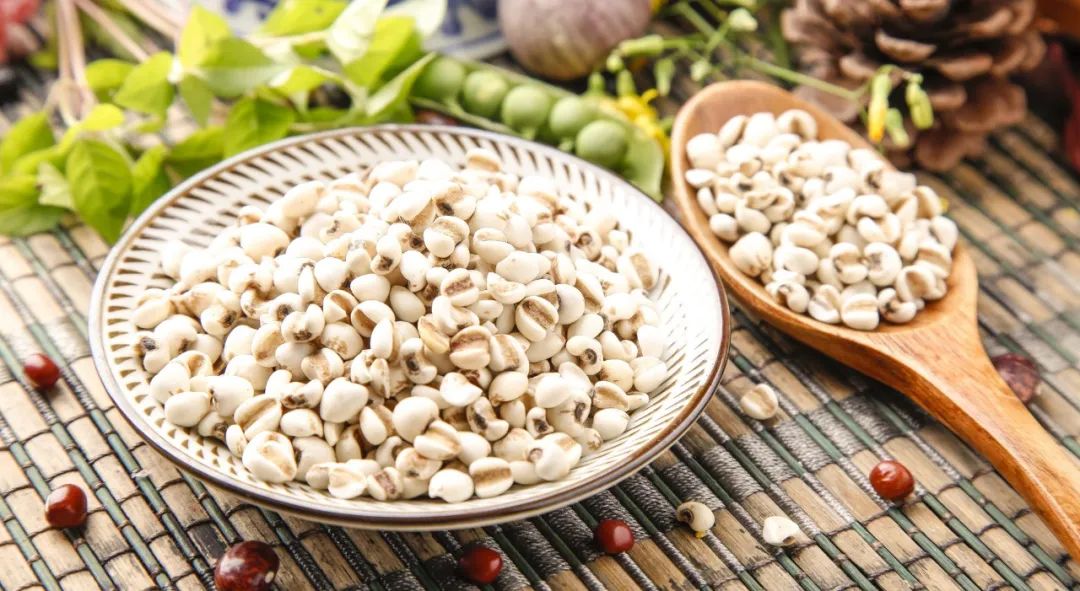
Benefits of Coix Seed
1. Coix seed is highly nutritious, regarded as the “king of cereal plants,” and is a typical green organic food. It contains B vitamins, calcium, phosphorus, iron, dietary fiber, and the 8 essential amino acids needed by the human body, with a composition closely matching human requirements, primarily leucine, lysine, and arginine. It can also promote brain development and enhance immunity.
2. Coix seed is one of the most nutritionally balanced foods among coarse grains, with a taste similar to rice, making it easy for the human body to digest. It can be used in porridge or soups. It is suitable not only for healthy individuals but also for the elderly, children, pregnant women, postpartum women, and those with weak health. Adding coix seed to porridge or rice can make nutrient intake more balanced and comprehensive.
3. Coix seed extract has inhibitory and cytotoxic effects on cancer cells. Coix seed extracts are widely used in the treatment or adjunctive treatment of gastric cancer, lung cancer, liver cancer, pancreatic cancer, nasopharyngeal cancer, and breast cancer.
4. Coix seed has excellent beauty and weight loss effects. The VB1, VB2, and plant proteins it contains can nourish the skin, reduce wrinkles, eliminate pigmentation spots, and treat flat warts effectively.
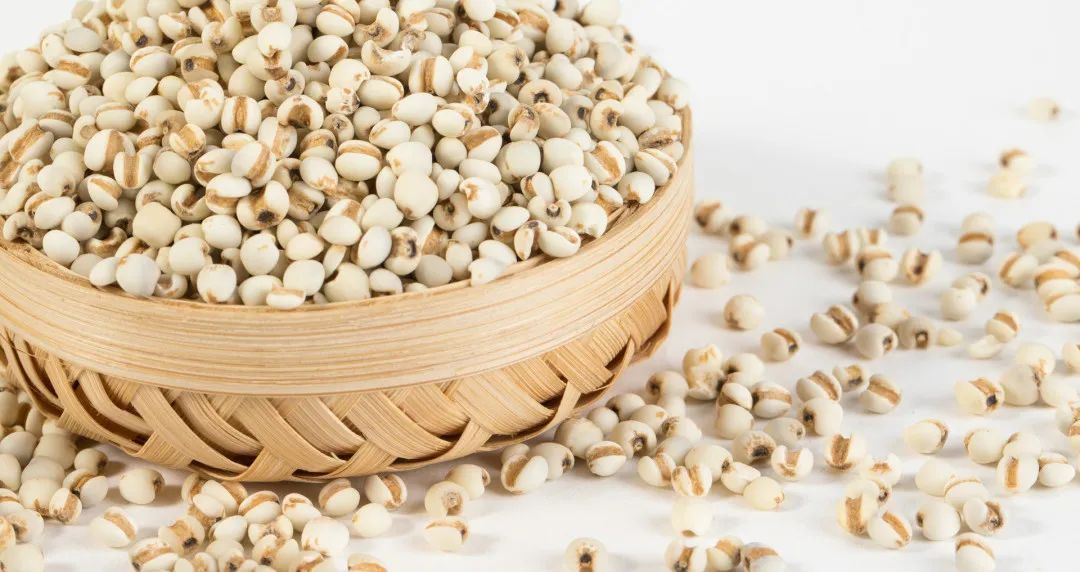
Medicinal and Edible Origins
– Using Porridge as Medicine –

In Guangdong, it is customary to use raw coix seed and fresh winter melon to make soup in the summer, which can be served with meals and effectively clear damp heat. Coix seed can also be cooked with mung beans, lilies, and lotus seeds to make porridge, achieving effects of clearing heat, calming the mind, tonifying deficiency, and benefiting the stomach.
Coix Seed and Japonica Rice Porridge
Wash coix seed and japonica rice, place them in a pot, add an appropriate amount of water, bring to a boil over high heat, then reduce to low heat to simmer into porridge. Add white sugar to adjust to a sweet porridge, which has the effect of strengthening the spleen and benefiting the stomach.
Lotus Seed, Lily, and Coix Seed Porridge
Take 50 grams of coix seed, 20 grams each of lotus seeds (with hearts removed) and lilies, and 60 grams of rice. Wash and place in a pot, bring to a boil over high heat, then reduce to low heat to simmer into porridge. Finally, add brown sugar for flavor. Consume twice daily, which has the effect of tonifying the spleen and benefiting the lungs, calming the mind.

The images in this article are sourced from the internet for public welfare dissemination. Thanks to the authors of the images; if there are any copyright issues, please contact us for removal.

This article is an original work by “PSM Yao Dun Public Welfare”. For reprints, please leave a message.
Reviewed by: Wang Ruolun, Second Affiliated Hospital of Guangzhou Medical University

References
[1] National Pharmacopoeia Commission. Pharmacopoeia of the People’s Republic of China (2015 Edition) – Volume 1 [M]. Beijing: China Medical Science Press, 2015.
[2] Understanding the Chinese Medicine Around Us – Coix Seed [J]. Wang Guangzhi. Traditional Chinese Medicine Health and Wellness. 2020, 6(02).
-END-
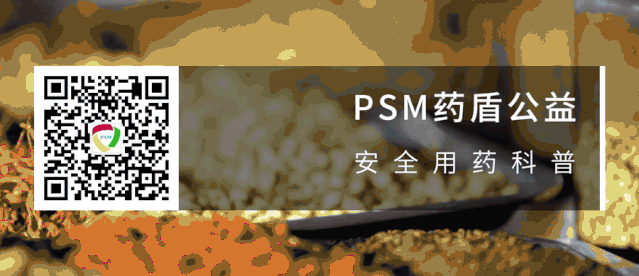


SearchArticles Related to Coix Seed

